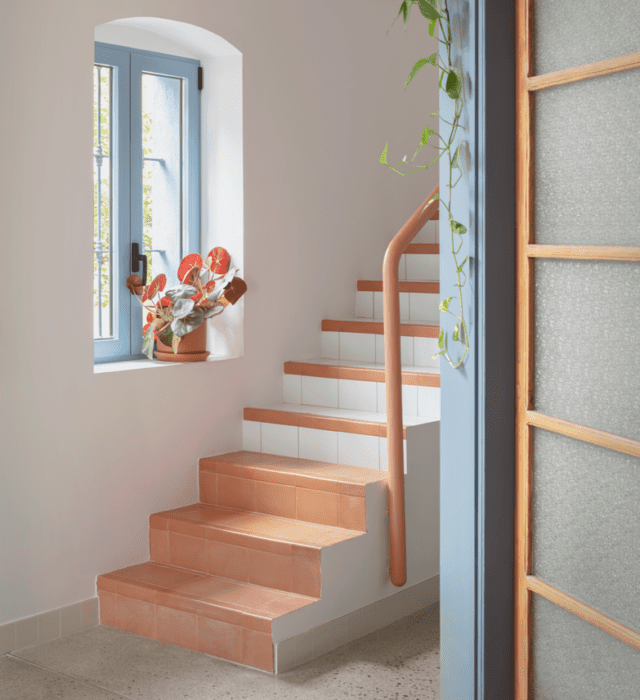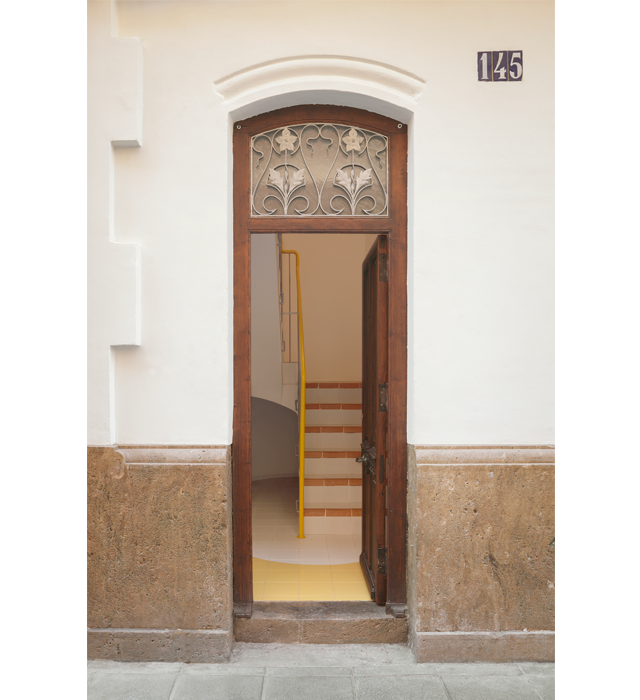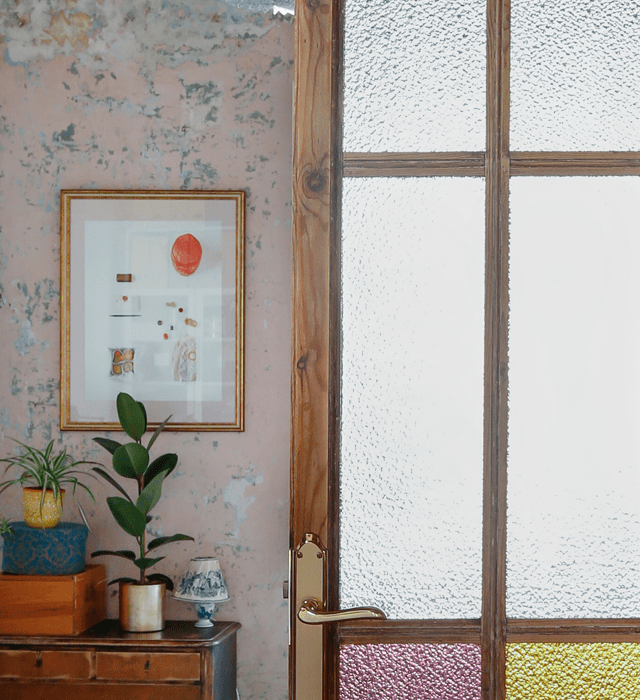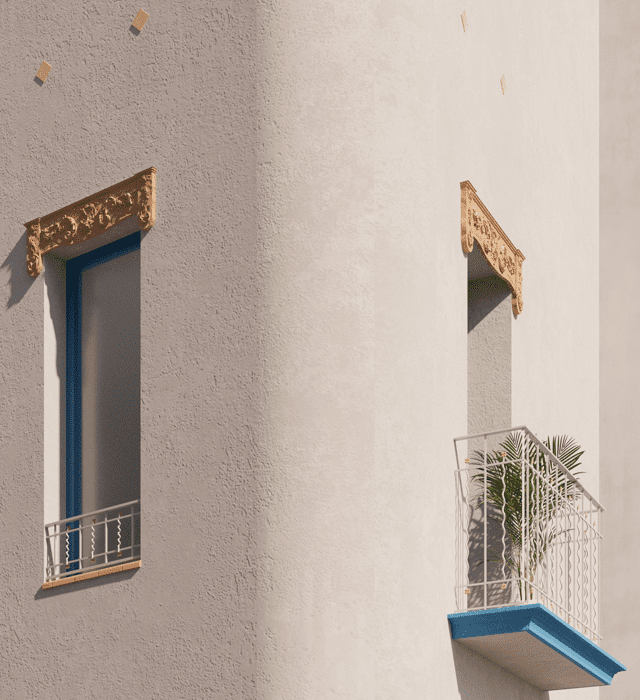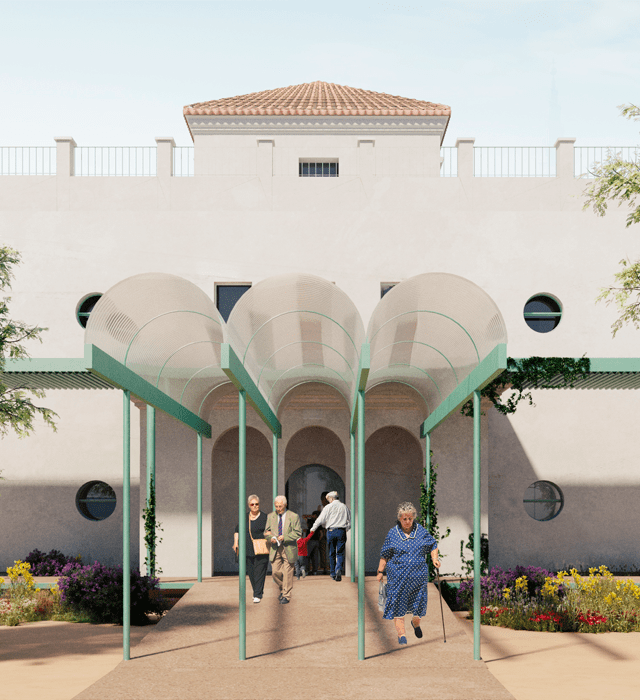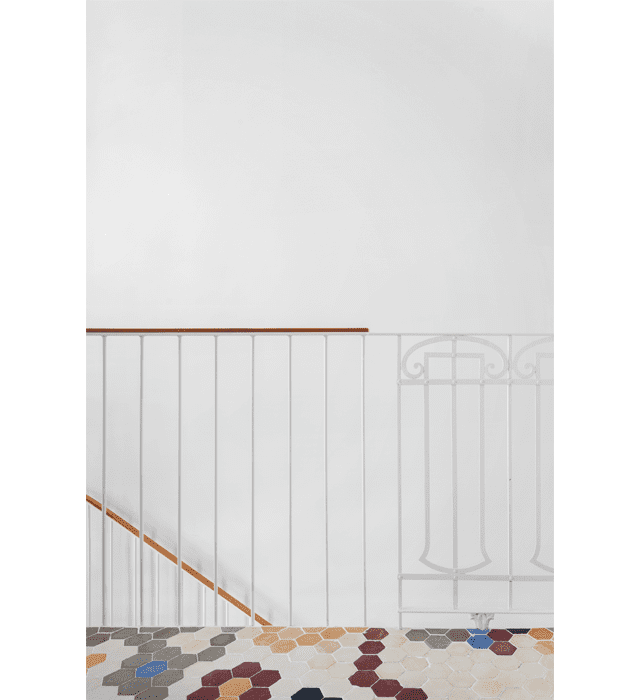
A rehabilitation project is special because it gives new shine to something perhaps forgotten or hidden. In the projects we rehabilitate, we try to be respectful of the traces of the past and, far from imposing a new narrative, we seek for the project to dialogue with what already exists, recognizing its value and giving it new meaning.
The first step is to carry out a survey of the existing building, documenting its current state with drawings and photographs in order to rigorously determine and assess its condition, and to decide what can be preserved and what must be removed or transformed to meet new needs.
On a spatial and volumetric level, our way of working on a built element does not aim to reproduce spaces in a mimetic way, but rather to transform them to adapt to the new situation and new needs from a contemporary perspective.
The intervention may involve structural reinforcements, improvements to the building envelope, and upgrading of installations. On the material level, we try to recover as many elements as possible from the existing construction and, in some cases, give them a new life by combining them with new materials. This allows the project to be understood precisely as a newly intervened space that integrates with the existing, but where the different layers of intervention remain legible.
We define the project and carry out site supervision with the utmost rigor and precision. Each decision is made with clear and well-founded criteria, always seeking a balance between the technical and the symbolic. For this, collaboration with specialists in structures, installations, and energy efficiency is fundamental, as they complement and enrich the process, allowing us to approach each rehabilitation comprehensively.
Architects who rehabilitate

Loading more items
No more items
Something went wrong

